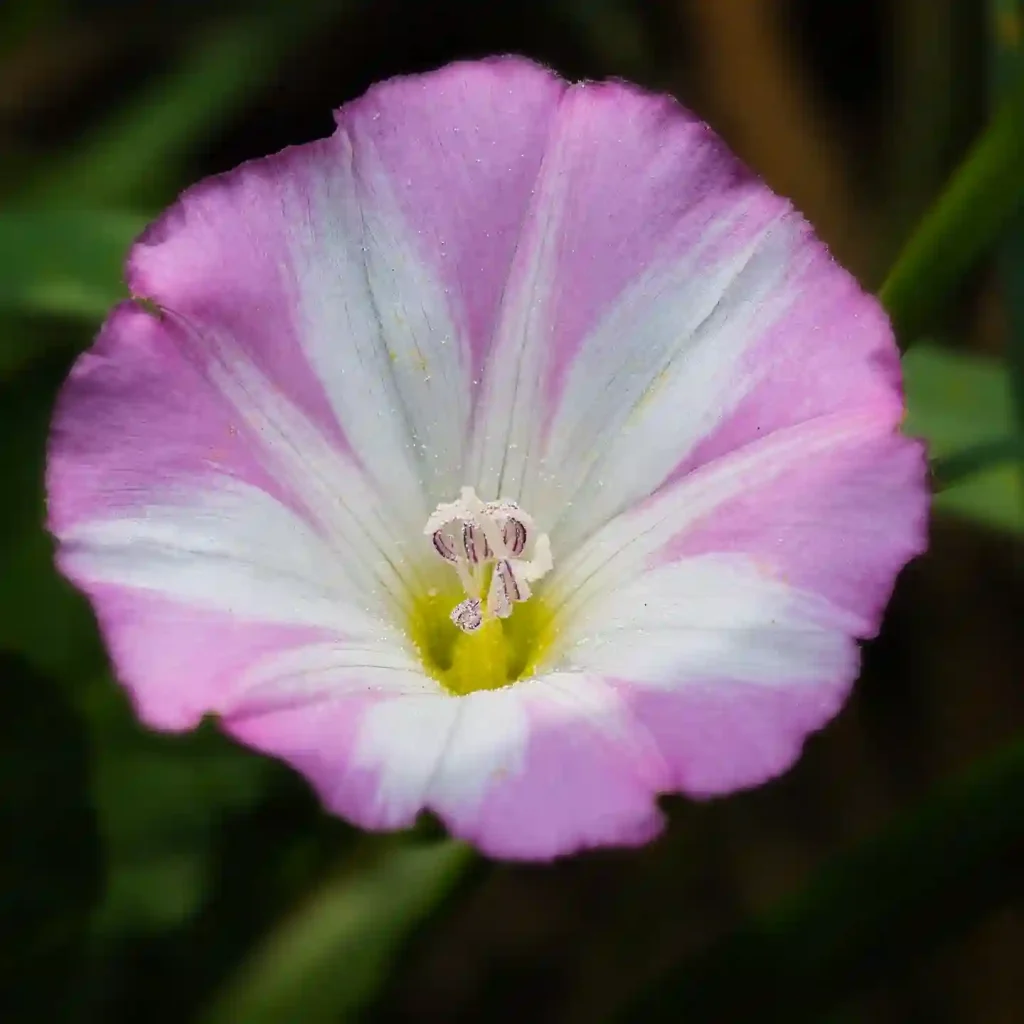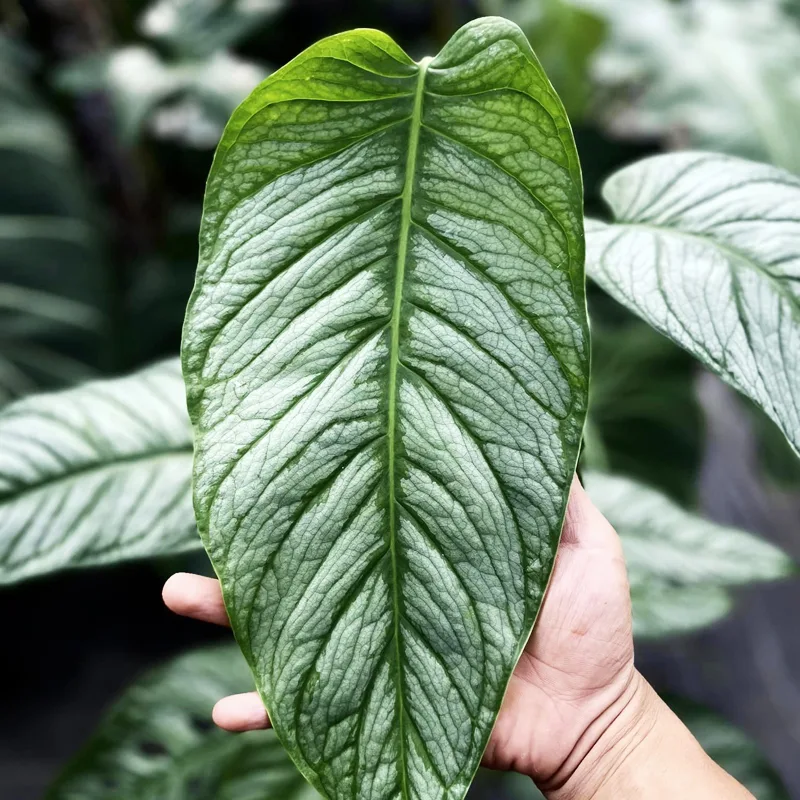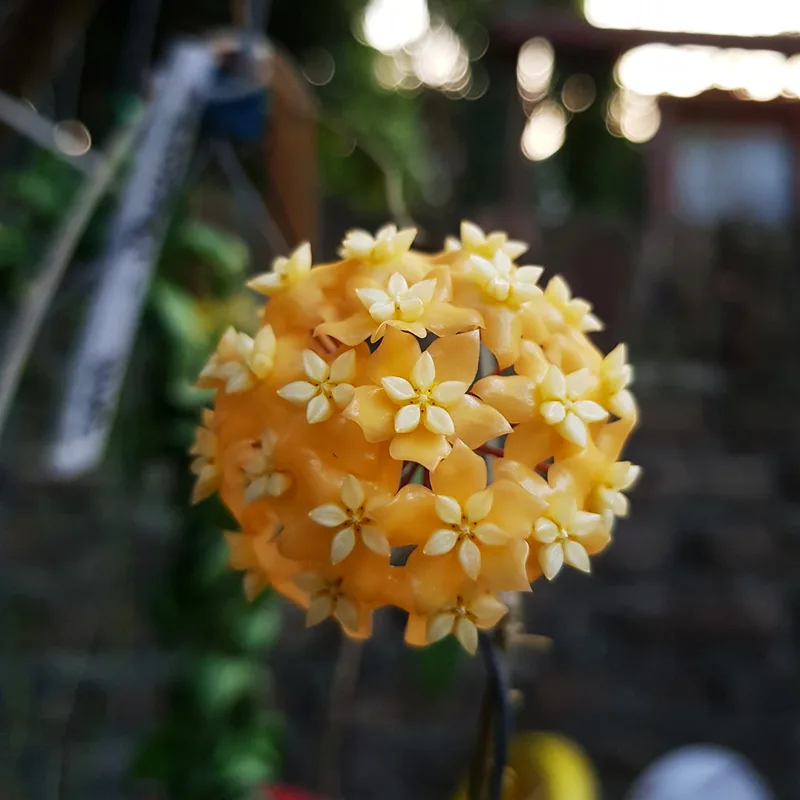The Milk Thistle and Me: A Personal Exploration of the Silybum Genus
My name is Ferb Vu, and I’ve always been fascinated by the natural world, particularly the resilience and beauty found in the plant kingdom. Lately, I’ve become intrigued by a specific genus of flowering plants known as Silybum. You might know them better as milk thistles. These tough, spiny plants, with their distinctive milky-veined leaves and vibrant purple flowers, are a common sight in many parts of the world. But there’s more to them than meets the eye.
A Brief Overview of Silybum
The Silybum genus belongs to the Asteraceae family, a massive group that includes sunflowers, daisies, and, of course, thistles. What sets Silybum apart are those characteristic white veins that streak across their leaves, almost like marble. Legend has it that these markings are the Virgin Mary’s milk, hence the common name “milk thistle.” While the legend is charming, the science is equally interesting. These plants are native to the Mediterranean regions of Europe, North Africa, and the Middle East, but have spread far beyond their original home.
Currently, there are only two recognized species within the Silybum genus:
- Silybum marianum: This is the species most people are familiar with. It’s an annual or biennial plant with striking purple flower heads and spiny leaves. It’s been used for centuries in traditional medicine and is now widely cultivated for its potential health benefits. Plant FAQs: Silybum Marianum – Milk Thistle – Scotch Thistle
- Silybum eburneum: Less well-known than its cousin, S. eburneum is also an annual or biennial. It shares the spiny leaves and milky veins, but its flower heads are a paler, almost ivory color, which explains its species name “eburneum” meaning “ivory-white.”
Why Silybum Matters
My interest in Silybum goes beyond mere curiosity. These plants have a rich history of use in traditional medicine, particularly S. marianum. For over 2,000 years, it’s been used to treat a variety of ailments, most notably liver disorders. Modern research is starting to validate some of these traditional uses, with studies suggesting that a compound in milk thistle called silymarin may have antioxidant and anti-inflammatory properties. It’s even being investigated for its potential role in protecting against certain types of cancer.
But Silybum‘s importance extends beyond human health. These plants are also valuable to the ecosystem. Their flowers provide nectar for pollinators like bees and butterflies, and their seeds are a food source for birds. Moreover, their deep root systems can help improve soil health.
The Future of Silybum
As we face growing challenges like climate change and the loss of biodiversity, plants like Silybum may hold valuable solutions. Their hardiness and adaptability make them ideal candidates for cultivation in a variety of environments. Further research into their medicinal and ecological potential could unlock new ways to improve human health and support the planet.
I believe that by understanding and appreciating the natural world, we can learn to live in greater harmony with it. The Silybum genus, with its fascinating history, unique characteristics, and potential benefits, serves as a powerful reminder of the interconnectedness of all living things. I, for one, am excited to see what the future holds for these remarkable plants and the role they might play in a healthier, more sustainable world.
If i die, water my plants!



